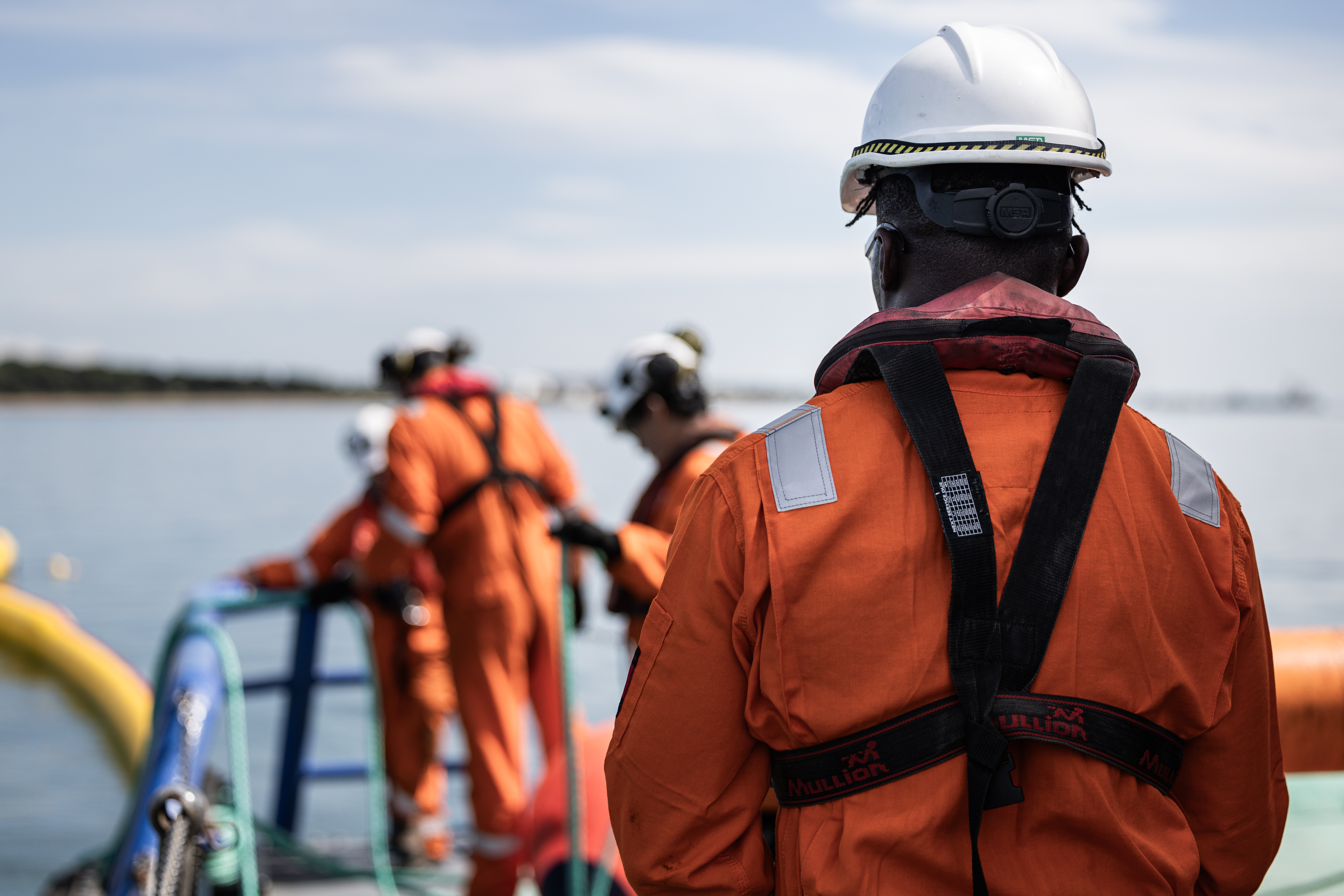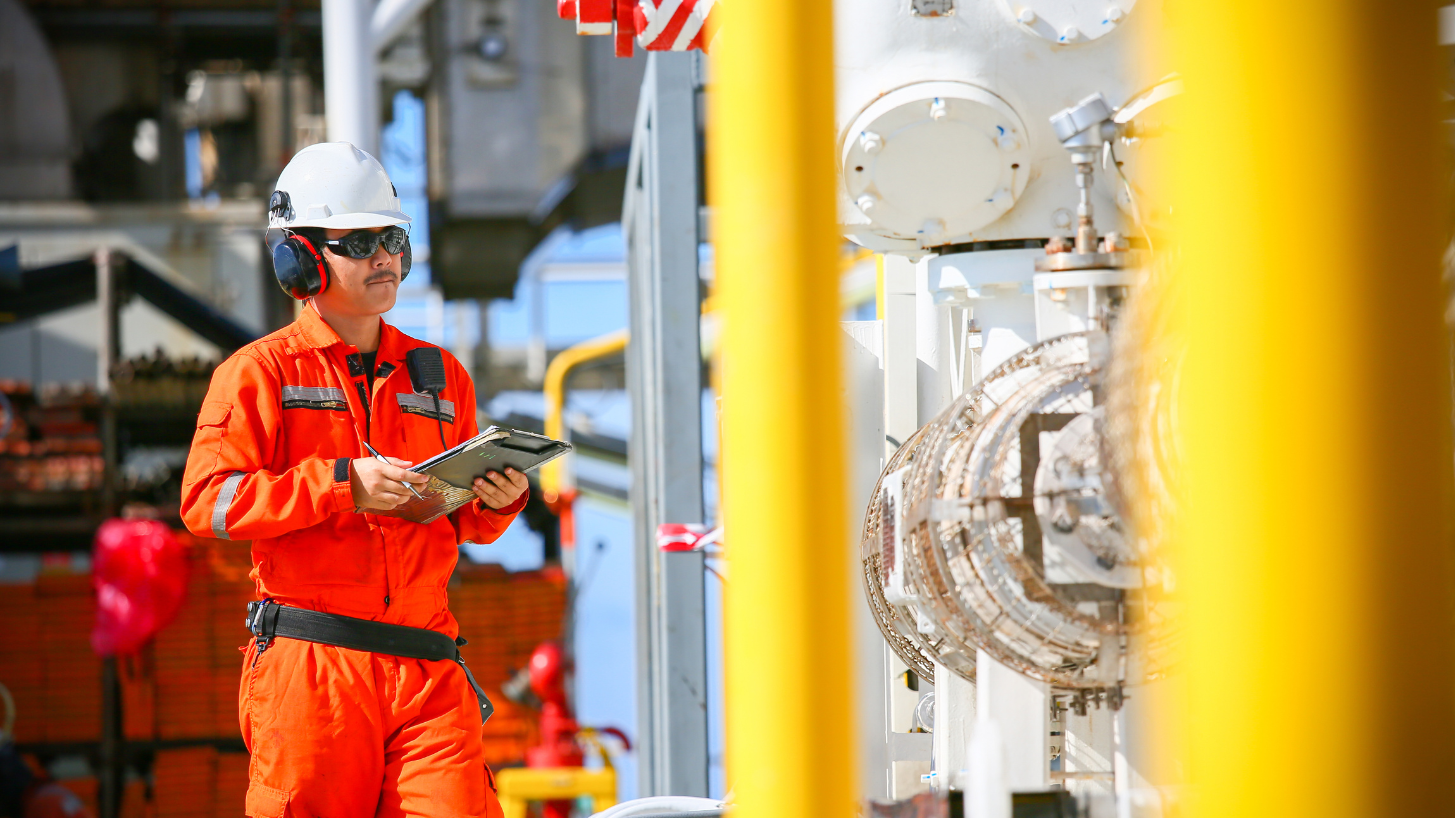Oil Pollution Emergency Plans - What Are They?
The oil spill preparedness planning process is a structured approach to developing a spill response capability. It allows an effective initial response to an oil spill, in addition to sustaining an ongoing response proportionate to the risk.
For oil and gas related operations within the UK Continental Shelf (UKCS) whereby an offshore installation presents a risk of oil pollution, an approved Oil Pollution Emergency Plan (OPEP) must be prepared, submitted for approval and implemented in accordance with the OPRC Regulations[1] and in compliance with the Guidance Notes for preparing OPEPs[2].
Why Do I Need an OPEP?
An OPEP is the output of the oil spill preparedness planning process, establishing a robust tiered preparedness and response framework. Previous experience demonstrates that by having a well-developed, approved, implemented, and exercised OPEP, there is the possibility to reduce the potential impact of an oil spill incident on people, the environment, assets, and business reputation. This includes having suitably trained personnel, an adequate response capability, well executed and exercised scenario planning, and relevant oil spill preparedness plans in place.

What Type of OPEP Do I Need?
There are several approaches a company can adopt when preparing an OPEP. Here are the various OPEP types that can be developed.
Onshore OPEP
Includes a company’s Tier 2 and 3 response arrangements and any other specific operational information that will assist an onshore response team.
It is designed to be supplemented with a Production Installation/Field OPEP and/or a Temporary Operations OPEP (TOOPEP).
Production Installation/Field OPEP (i.e. Offshore OPEP)
Includes a production Installation/Field’s Tier 1 response arrangements and any other specific operational information that will assist an offshore response team.
Consolidated OPEP
Where the requirements of an Onshore OPEP and a Production Installation/Field OPEP are combined into a standalone OPEP which includes the company’s Tier 1, 2 and 3 response arrangements.
Temporary Operations OPEP (TOOPEP)
Includes the Tier 1 response arrangements for any temporary operations (i.e. drilling, workover, intervention activities) and any other specific operational information that will assist an offshore response team. Developed to align with both an Onshore OPEP which includes the company’s Tier 1, 2 and 3 response arrangements.
Consolidated TOOPEP
Where the requirements of an Onshore OPEP and a TOOPEP are combined into a standalone TOOPEP which includes the Tier 1, 2 and 3 response arrangements.
Communication and Interface Plan (CIP)
Where there are several different OPEPs in place for a specific operational activity, a CIP can be developed that will link the various OPEPs and provide any additional information relevant to the operational activity.
Pipeline OPEP
If a pipeline is a standalone operation or is not covered within a Production Installation/Field OPEP or Consolidated OPEP, then an OPEP can be developed which includes all relevant Tier 1, 2 and 3 response arrangements specific for that pipeline.
What Will Be In My OPEP?
The relevant OPEP should be developed in accordance with the Guidance Notes for preparing OPEPs[1], and should include oil spill modelling that meets the modelling requirements[3]. The OPEP should also be produced to adhere to the International Good Practice Guidelines of the International Maritime Organization (IMO) and IPIECA. The OPEP should be written to interface with existing company emergency framework and any other relevant OPEPs.
The OPEP should be developed considering the company’s organisational response structure, oil spill risk profile, Tier 1, 2 and 3 response arrangements, and the overall response techniques available to the company. The OPEP should include certain key elements, such as:
- Response checklists and guidance for management / response personnel
- Organisational response structure
- Oil spill response techniques
- Tier 1, 2 and 3 response arrangements and capability
- Interfacing arrangements and requirements
- Operational overview
- Well and hydrocarbon data
- Oil spill modelling
- Environmental and socioeconomic sensitivities
- Primacy arrangements
I've Got My OPEP - What Now?
OPEP Approval
The OPEP is required to be submitted to the Offshore Petroleum Regulator for Environment and Decommissioning (OPRED)[5] for review. The Guidance Notes for preparing OPEPs[1] clearly outlines the regulatory review period for each different type of OPEP.
OPRED will identify any additional (potential) consultees and contact them for comment. Following the regulatory review, any clarifications, or Non-Approval Issues (NAIs) will be sent to the company to undertake any necessary amendments prior to final approval by OPRED. You should be supported the company who procedured your OPEP throughout the regulatory approval process.
OPEP Familiarisation
Once the OPEP has undergone a rigorous review process and has been approved by OPRED, then an exercise centred around the OPEP can be conducted[6]. This forms a crucial part of the training platform and ensures that the newly developed OPEP is introduced and made familiar to the relevant personnel who will be using it.
Review and Update
Consultants are available to conduct reviews and updates to new or existing OPEPs. A specialist review may be required to assess that the OPEP still fully complies with the Guidance Notes for preparing OPEPs[1], is operationally up to date and that a sufficient response capability is still in place.
All variations to an existing OPEP are required to be submitted to OPRED for review. All live and relevant OPEPs must undergo a full review within five years of the date upon which the OPEP was first approved and a minimum of every five years thereafter.

References
[1] Merchant Shipping (Oil Pollution Preparedness, Response Co-operation Convention) Regulations 1998
[3] As defined within Appendix B – Modelling Guidance within the BEIS Guidance Notes for preparing OPEPs
[4] Specifically, Section A.3: OPEP Content Requirements and A.4: OPEP Assessment Templates within the BEIS Guidance Notes for preparing OPEPs
[5] The Department for Business, Energy and Industrial Strategy (BEIS), through its Offshore Petroleum Regulator for Environment and Decommissioning (OPRED) is responsible for administering environmental regulations covering offshore petroleum operations, including oil and gas exploration and production and gas unloading and storage, and for offshore CO2 storage operations within the UKCS.
[6] As defined within Appendix C – Training and Exercises within the BEIS Guidance Notes for preparing OPEPs






